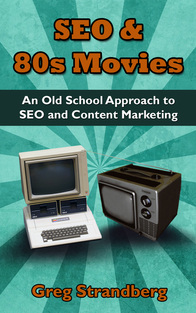
It’s one of the reasons I started writing SEO & 80s Movies: An Old School Approach to SEO and Content Marketing.
The book is a huge pain in the ass. I’ve been toiling away at it for months it seems, and I’ve had the idea in my head since last year.
What’s so difficult about it is what’s so difficult for many SEO and content marketing folks these days – it’s damn hard to come up with original stuff that makes sense, is entertaining, and gets a point across.
It’s that last part I’m finding particularly frustrating right now – tying everything together so it ‘clicks.’
So what can be done? Well, maybe I’ll try to iron out a few points here, and give you a better idea of the benefits coming your way next week when this book is released.
The Dearth of Good Content

This is a problem many times throughout the year, and we often forget that the majority of blog posts out there are rubbish. In fact, a site will typically have just a few killer posts a year, and that out of millions or billions of blog posts on the internet at-large.
Cinema is much the same. This is clear from the box office totals we see each year.
What’s especially interesting is that so few movies winning awards ever reach the #1 spot. They get close, often in the Top 10, but since 1980 there have only been four films to be #1 at the box office for the year and win the ultimate price, Best Picture:
- Rain Man;
- Forrest Gump;
- Titanic;
- Return of the King;
Those movies did what most cannot – they crossed the divide between great content and commercial viability. Most blogs try to do the same, although like films with monster budgets, its not always the ones spending lavishly (think SEO) that win, but those that really invest in their story (content marketing).
Hardship and Innovation Breed Success

There are really two types of innovation, sustaining and disruptive. I got this idea from a blog post on Moz today.
Sustaining innovations make your world easier, whether by speeding up something that takes to long, reducing the cost on goods you like, or making that killer product even better.
Most of you are going after sustaining innovations, and why not? They’re the easiest, cheapest, and fastest to produce. They’re also the first to go by the wayside, and they’ll never benefit you as much as the maker of the original thing you’re trying to…well, sustain.
Disruptive innovations, on the other hand, create something from nothing.
Nothing is harder than this, as any fiction author will tell you. Well, maybe they can’t, but I can.
See, I write fiction and non-fiction. Writing the first is always tougher than the second, takes longer, and therefore costs more money, at least when I’m charging.
I can knock out a non-fiction book in a few days. Sure, it might not have the highest page count, but it’ll be done. How about a novel, or even a novella? You’re looking at 2 to 3 weeks there, at minimum.
When faced with that, isn’t it just easier to copy what’s already out there and just change it up a bit?
But folks going after disruptive innovations don’t think this way. They’re not going for the same, they’re going for new and different. When it comes to your site, nothing is valued more by Google.
The Cinema of the 1980s

in America, and even more worldwide. Yeah, that’s $2.5 billion.
These movies did this through original stories (content) and special effects (design). Actors and actresses? Eh, not so much.
The most profitable movie of the 80s was E.T.: The Extra-Terrestrial, which made $435 million.
The next two were Return of the Jedi and The Empire Strikes Back, which brought in $390 million and $290 million at home, respectively.
There were no big stars in those three picture. Harrison Ford? No, he wasn’t a star in 1980 when the second film was released, and he’d only done an additional two films before the final film in the trilogy came out in ’83.
Sci-fi, comedy, and action movies dominated the decade. Some combined elements of all, like 1984’s Ghostbusters, which took in $238 million, making it #6 for the decade.
Each Indiana Jones movie is on the list, as well as both Star Wars movies that were made in the 80s. They certainly disrupted the status quo in Hollywood and ushered in a new way of doing business, namely the summer blockbuster.
Making the Jump
 Frantic (1988)
Frantic (1988) I don’t think so, and that’s why I’m writing this book.
It offers new and unique perspectives, mainly because I’m looking for connections, making jumps in logic, and trying to disrupt the old ways of doing things by going back even further into the past.
On the cover of my book you’ll see an old computer and an old TV. Both of these would be thought of as jokes to SEO and content marketing folks today, and they’ll immediately think there’s nothing to learn.
Good, let’s get those jokers out of the way right from the get go. That leaves you, someone interested in beating them at their own game. Well, you’re not going to do that by following their strategy. Or did you have a disposable budget, a staff of underlings, and an unlimited amount of time?
Yeah, I didn’t think so. So you’ll have to try a new approach.
That’s pretty much what each of the filmmakers did with the movies I profile in this book. You’ve already seen where I’m going with this book in the selected chapters I’ve put up, such as Crocodile Dundee, Police Academy, and Das Boot. Some of you might even have found the article that started it all, SEO and 80’s Movies.
But unless you buy the book you’re not going to be getting the full picture, just a snapshot.
Maybe that’s alright with you, maybe you want to play second best from here to eternity. Perhaps achieving success is just too hard for you, too time-consuming, and too expensive.
If that’s your attitude I certainly hope things work out for you. Many of the directors that passed on these successful films felt the same way, and nearly all of them regretted it later.
Will you do the same? Buy this book today.


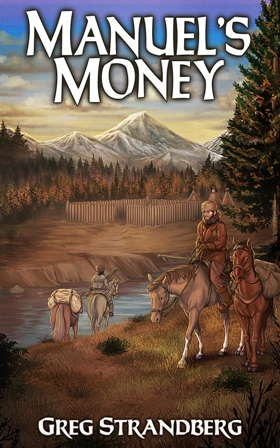
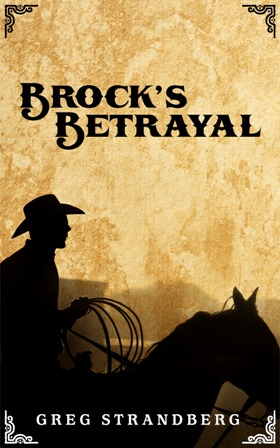
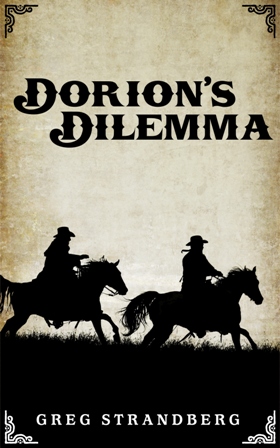

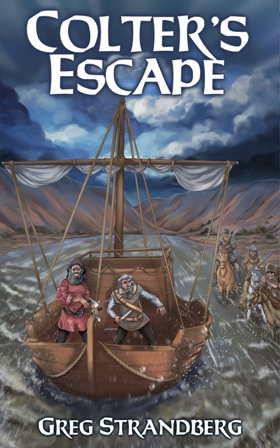
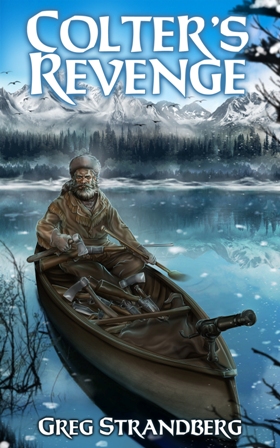
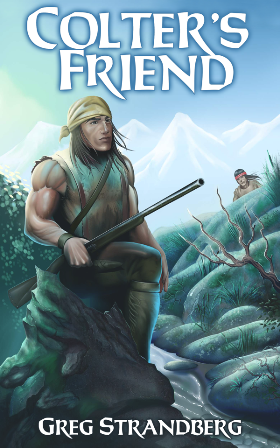
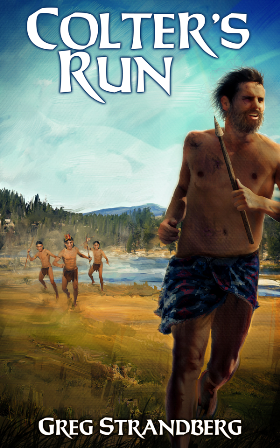
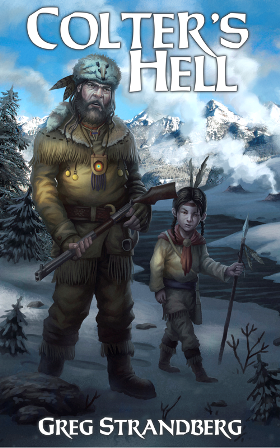

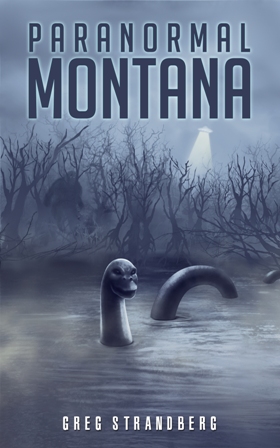
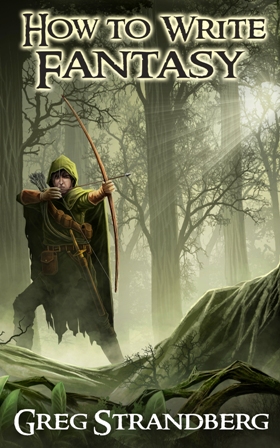


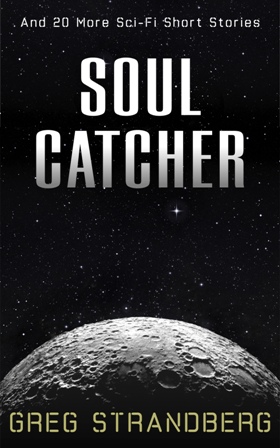
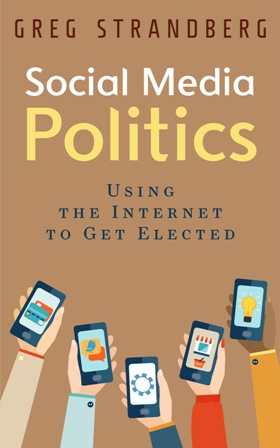

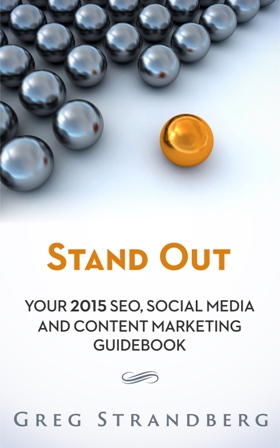
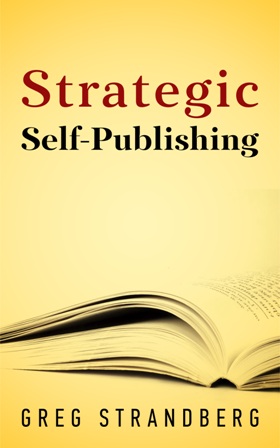



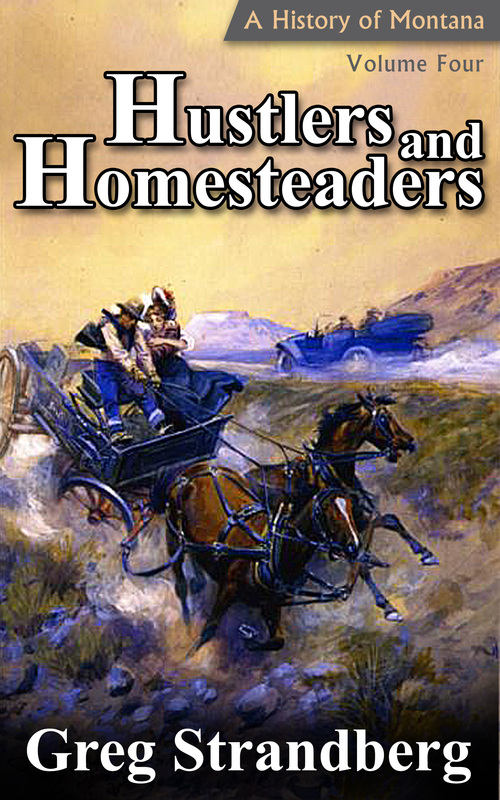



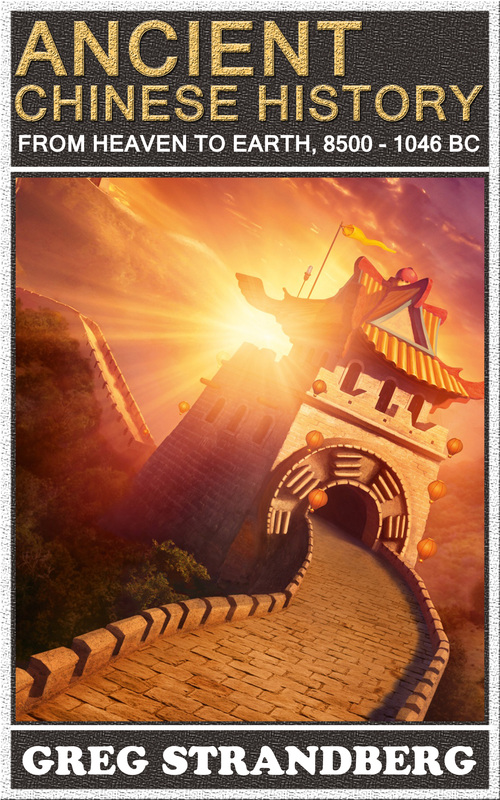




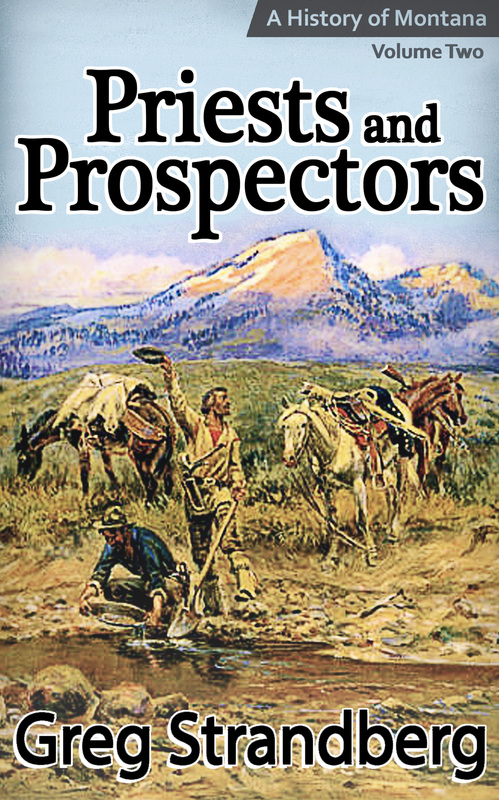
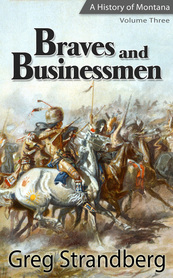
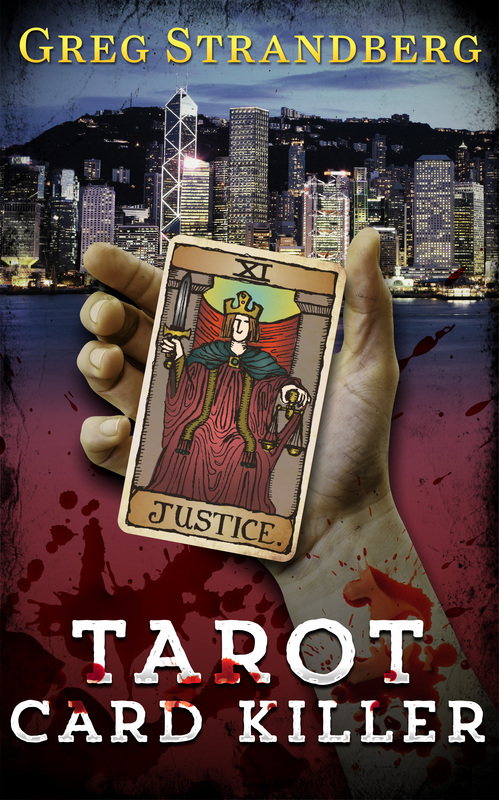
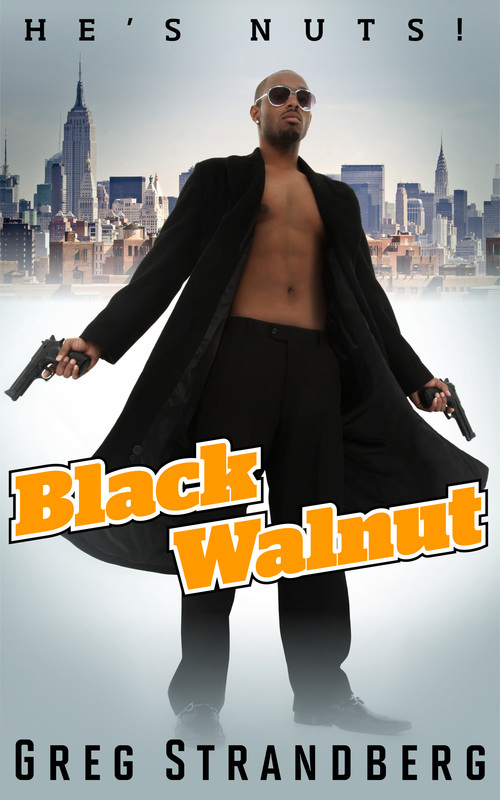

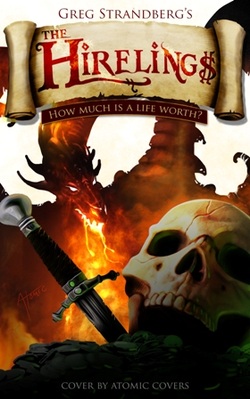
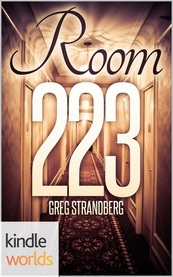



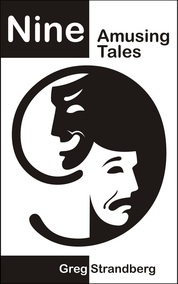
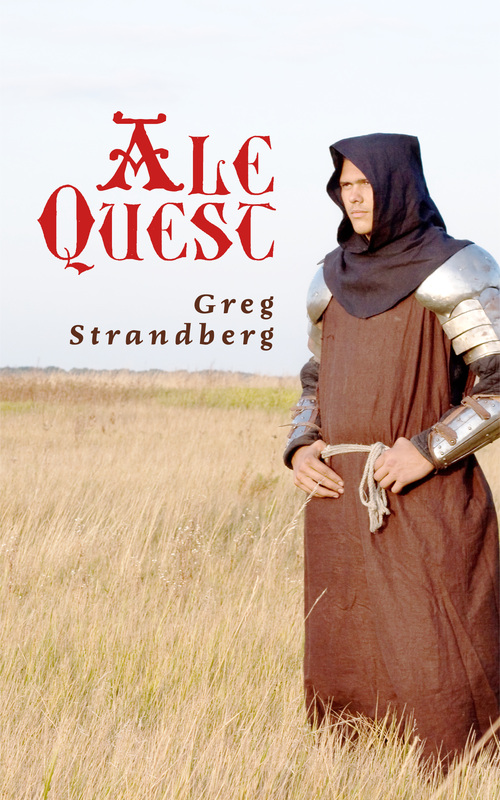
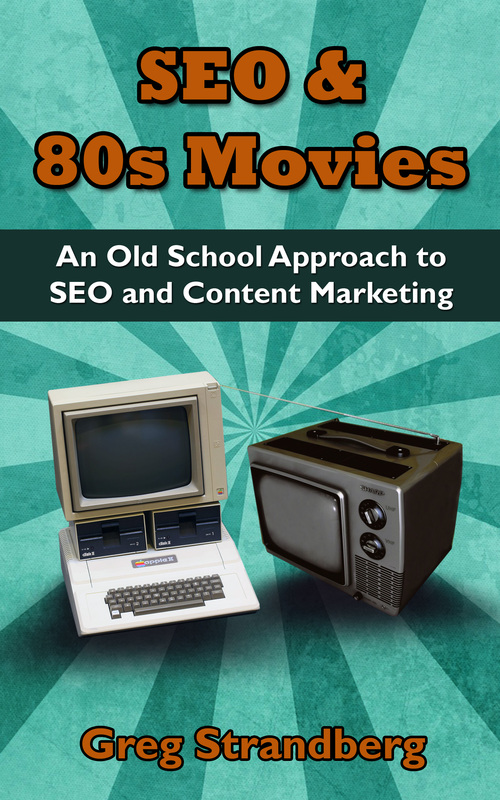
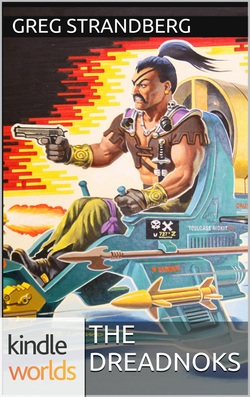

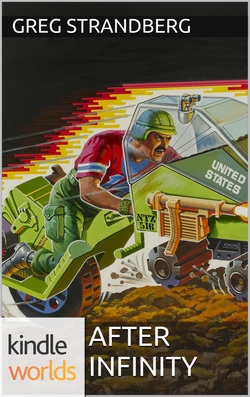
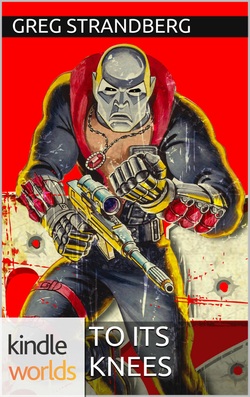
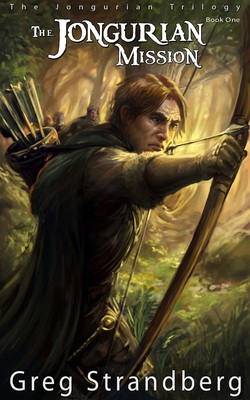
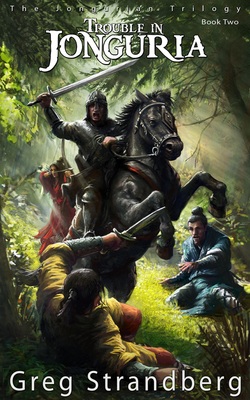
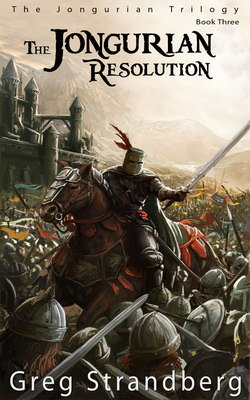
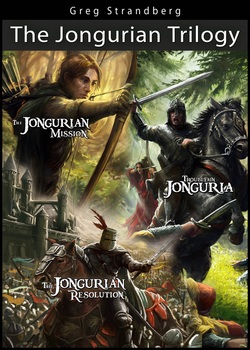
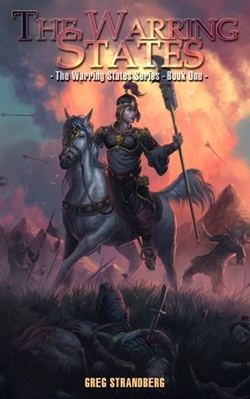
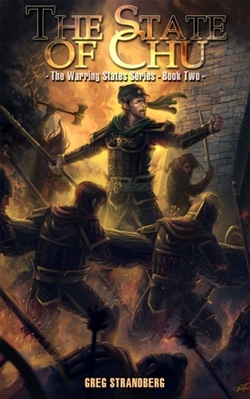
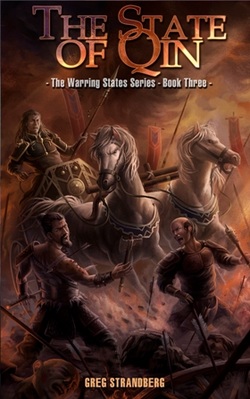

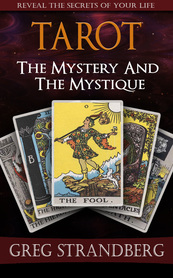
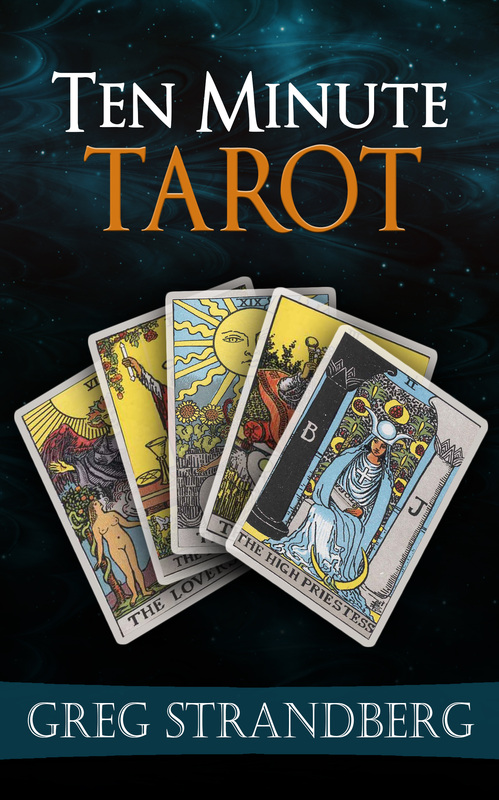
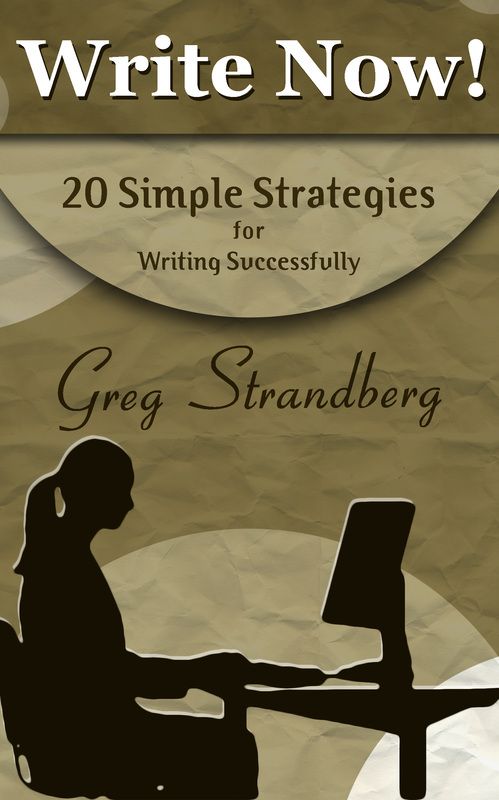




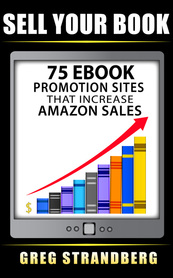
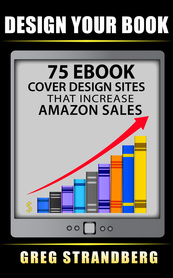
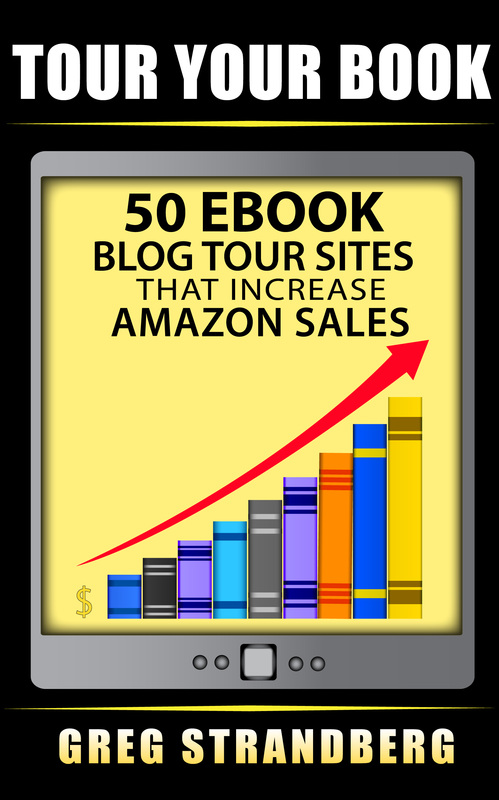






 RSS Feed
RSS Feed